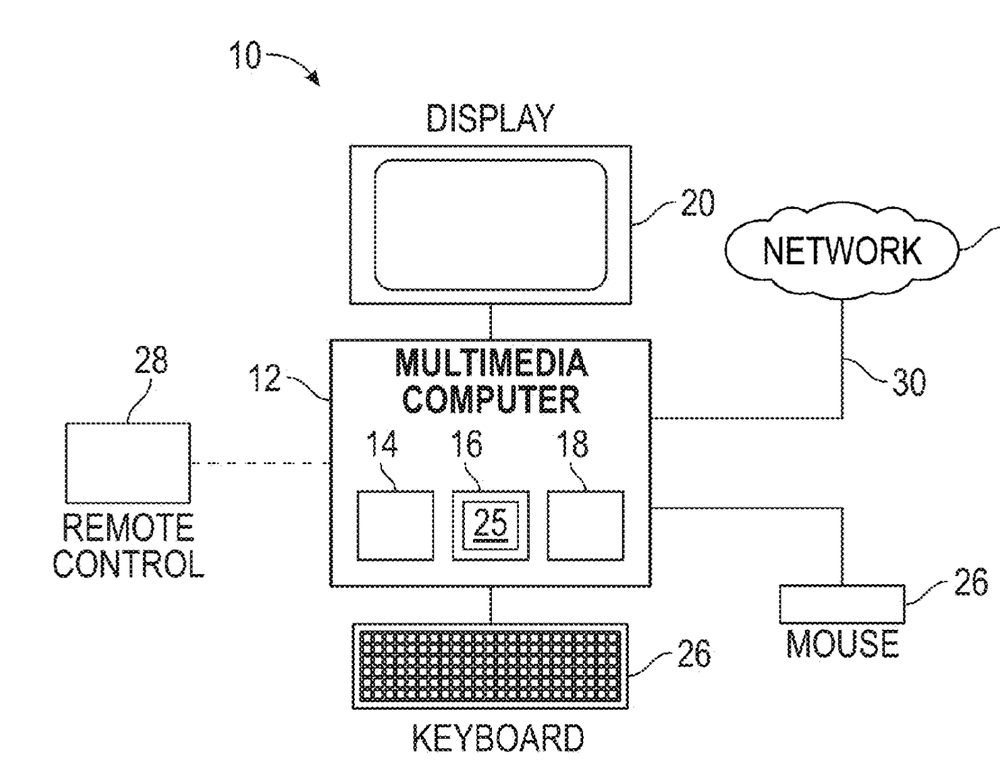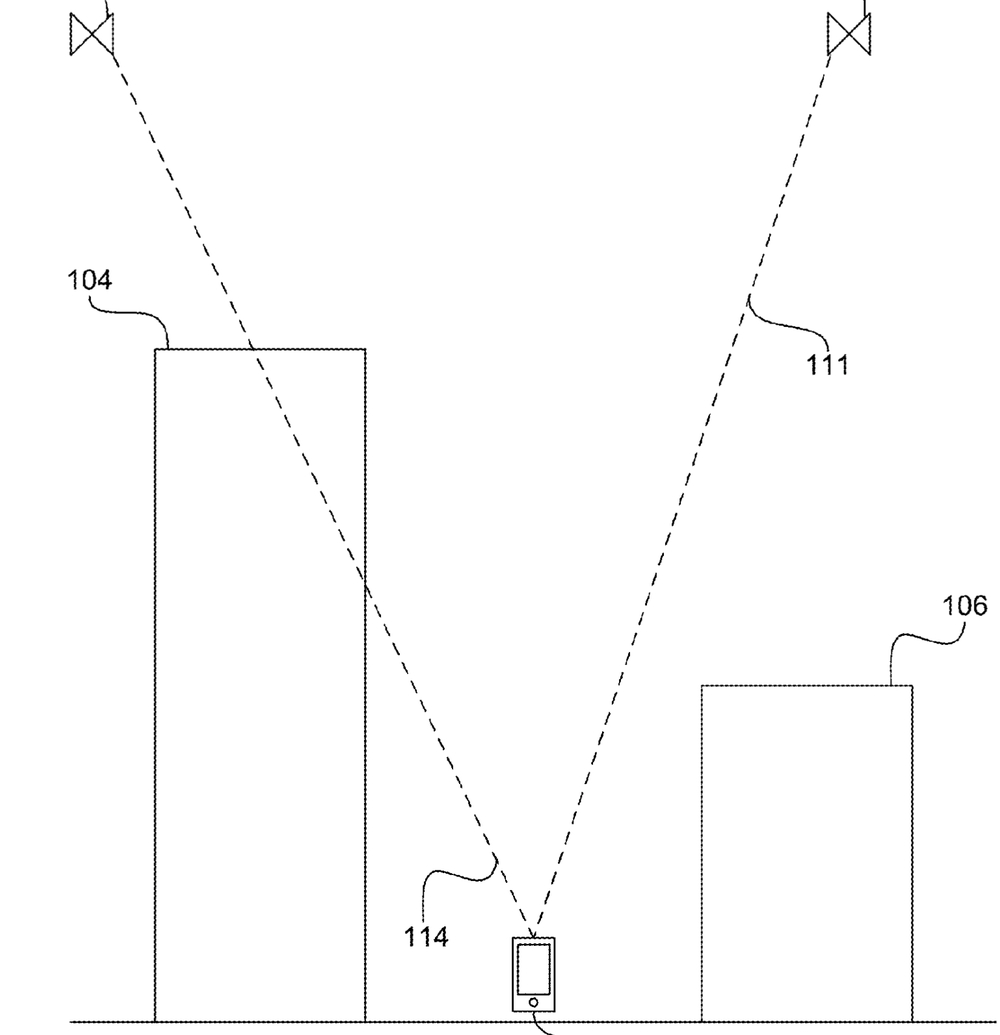
It’s the first day of August, and we have some fun and interesting Apple news for your listening pleasure:
- iOS 10 beta 4 is now available for developers, and there are a lot of new emoji available
- Looking for a job in the Bay Area that has decent pay and good benefits? Drive a shuttle bus for Apple and you’ll get all sorts of union bennies.
- A new website provides an online listing of every known Siri command
- Join Team AWT this month and be eligible to win a Drobo 5Dt RAID array and five 2 TB drives!
The text version of the podcast can be read below. To listen to the podcast here, click the play button on the player below.

Front Row was Apple’s Mac media center app for navigating and viewing video, photos, podcasts and music. It was abandoned in Mac OS X 10.7. But why? The Mac still plays host to the majority of our photos, music and home video. I’d love to see it, or a replacement, return.
Techniques and systems for centralized access to multimedia content stored on or available to a computing device are disclosed in the patent. The centralized access can be provided by a media control interface that receives user inputs and interacts with media programs resident on the computing device to produce graphical user interfaces that can be presented on a display device.
As Apple notes, for several years, personal computers have utilized various media applications. By way of example, computers may come bundled with photo management programs for managing and viewing photos, music management programs for managing and listening to music, video applications for managing and viewing video stored on the computer, and DVD application for playing DVDs. Examples of these programs may include Photos, iTunes, and Quicktime.

Apple says that, while these programs may be simple to use, when the computer is operated as a media playing device, the user typically doesn’t need all the functionality that these programs offer. What’s more, users typically don’t want to go back and forth from one application to the other “as this can be time intensive and distracting,” notes Apple. Finally, users have become accustom to viewing content from a remote location (TV remote), and want the same functionality in a multimedia computer.
“Therefore, an improved cross platform user interface that is easy to use and that unites various media applications, and more particularly a user interface that provides a centralized location for accessing various media applications is desired,” says Apple. “A user interface that allows the personal computer to function more like a media player is also desired.”
Apple has also been granted a patent (number 9,408,175) for “positioning accuracy using 3D building model.” It involves a 3D mapping and positioning technology that could involve the rumored “Apple Car” (whether it’s a true Apple-branded vehicle or a software/hardware hybrid that could be sold to various auto makers). Or perhaps it simply relates to the Maps app for an iPhone or iPad.
According to the patent, a mobile device adjusts the extents to which it depends on various satellites to estimate its global position based on the predicted probability for each such satellite that a ray extending from that satellite to the mobile device is obstructed by a building. The iDevice can predict the probabilities of building obstructions based on a digital model of the environment in which the mobile device is estimated to be.

A mobile device can compute the position of a Global Navigation Satellite System (GNSS) satellite using satellite ephemeris information and a time estimate. However, in an urban environment in which tall buildings surround a mobile device, the signals that the mobile device detects from various satellites might not be direct line-of-sight signals. In such an environment, at least some of the signals that the mobile device detects might actually be signals that have reflected off of building surfaces.
This reflection can distort the mobile device’s estimation of each satellite’s distance from the mobile device. As a result, the mobile device might estimate its geographical coordinates with less accuracy than if the detected signals hadn’t been reflected in this manner. Apple wants to alleviate this problem.
On a related note, Apple has also been granted a patent (number 9,404,766) for a “navigation peak ahead and behind in a navigation application.” A method of providing a sequence of turn-by-turn navigation instructions on a device traversing a route is provided. Each turn-by-turn navigation instruction is associated with a location on the route.
As the device traverses the route, the method displays a turn-by-turn navigation instruction associated with a current location of the device. The method receives a touch input through a touch input interface of an iOS device while displaying a first turn-by-turn navigation instruction and a first map region that displays the current location and a first location associated with the first turn-by-turn navigation instruction.
In response to receiving the touch input, the method displays a second turn-by-turn navigation instruction and a second map region that displays a second location associated with the second turn-by-turn navigation instruction. Without receiving additional input, the method automatically returns to the display of the first turn-by-turn navigation instruction and the first map region.
Pure class: The Pad & Quill Bella Fino Leather Case for iPhone® SE
